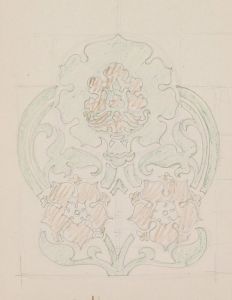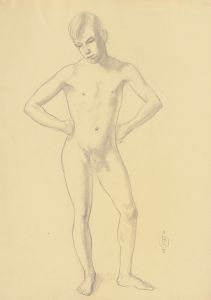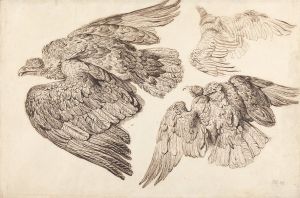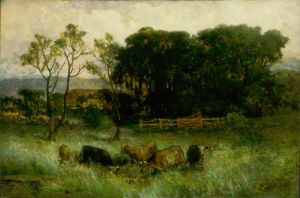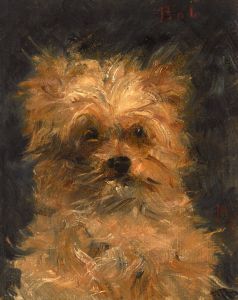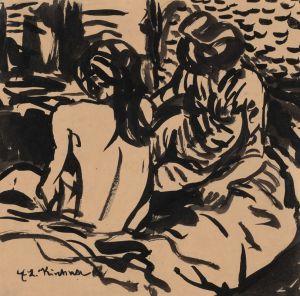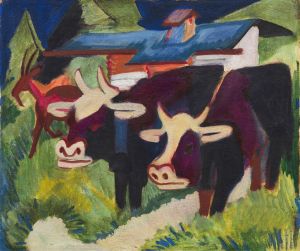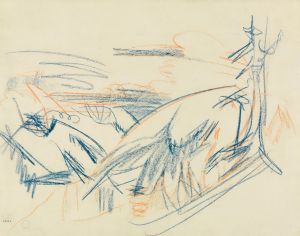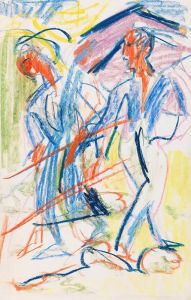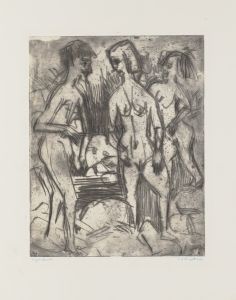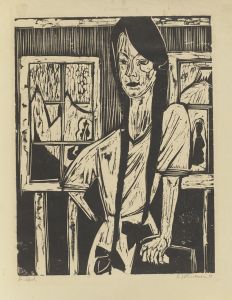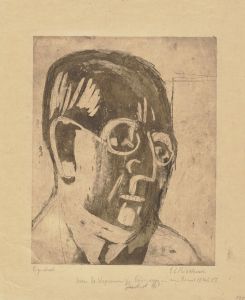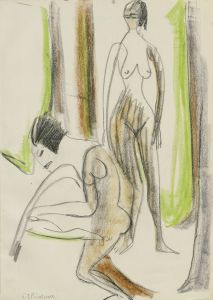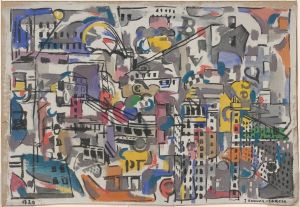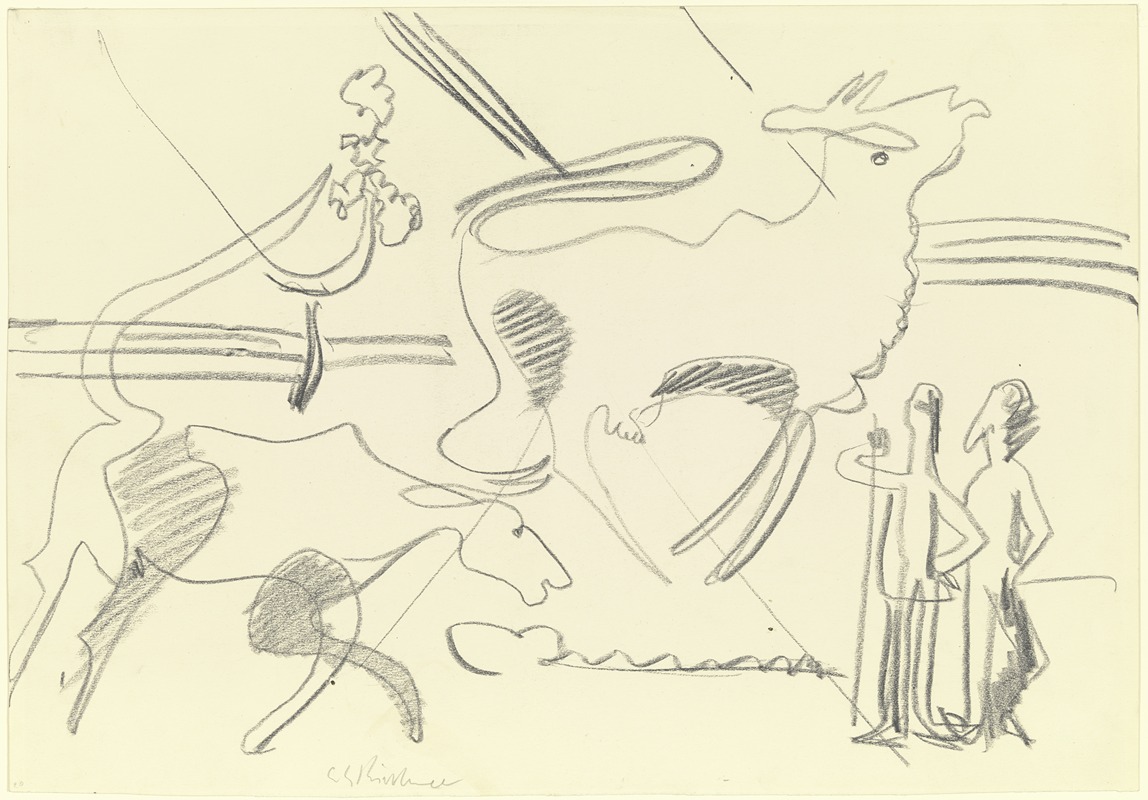
Wild cows
A hand-painted replica of Ernst Ludwig Kirchner’s masterpiece Wild cows, meticulously crafted by professional artists to capture the true essence of the original. Each piece is created with museum-quality canvas and rare mineral pigments, carefully painted by experienced artists with delicate brushstrokes and rich, layered colors to perfectly recreate the texture of the original artwork. Unlike machine-printed reproductions, this hand-painted version brings the painting to life, infused with the artist’s emotions and skill in every stroke. Whether for personal collection or home decoration, it instantly elevates the artistic atmosphere of any space.
Ernst Ludwig Kirchner, a prominent German expressionist painter and one of the founding members of the artist group Die Brücke, created the painting "Wild Cows" during a period marked by intense creativity and exploration of new artistic styles. Kirchner, born in 1880 in Aschaffenburg, Germany, was a key figure in the expressionist movement, which sought to convey emotional experience rather than physical reality. His work is characterized by bold colors, dynamic compositions, and a focus on the human condition and natural landscapes.
"Wild Cows" is a testament to Kirchner's fascination with nature and his ability to capture the essence of his subjects through expressive brushwork and vibrant color palettes. Although specific details about the painting's creation, such as the exact year it was painted, are not widely documented, it is reflective of Kirchner's broader body of work during the early 20th century when he was actively involved with Die Brücke. This group, formed in Dresden in 1905, aimed to bridge traditional and modern art forms, and Kirchner's contributions were instrumental in defining the expressionist style.
The painting likely depicts a scene of cows in a natural setting, rendered with Kirchner's characteristic use of exaggerated forms and intense colors. This approach not only highlights the physicality of the animals but also imbues the scene with a sense of vitality and movement. Kirchner often drew inspiration from the landscapes and rural life he encountered, particularly during his time in the Swiss Alps, where he moved in 1917 to recover from the psychological trauma of World War I.
Kirchner's work, including "Wild Cows," reflects his interest in the interplay between humans and nature, a theme prevalent in many of his paintings. His style was influenced by various sources, including African and Oceanic art, which he admired for their raw and direct expression. This influence is evident in the simplified forms and bold outlines that characterize much of his work.
Throughout his career, Kirchner faced numerous challenges, including the impact of World War I and the subsequent political and social upheavals in Germany. Despite these difficulties, he continued to produce art that challenged conventional aesthetics and explored new ways of seeing the world. His work was later condemned by the Nazi regime as "degenerate art," leading to the removal of many of his pieces from German museums. Nevertheless, Kirchner's legacy endured, and he is now celebrated as one of the leading figures of German expressionism.
"Wild Cows" exemplifies Kirchner's ability to convey emotion and energy through his art, capturing the dynamic essence of nature with a modernist sensibility. His innovative approach to form and color continues to influence artists and captivate audiences, securing his place in the history of modern art.





